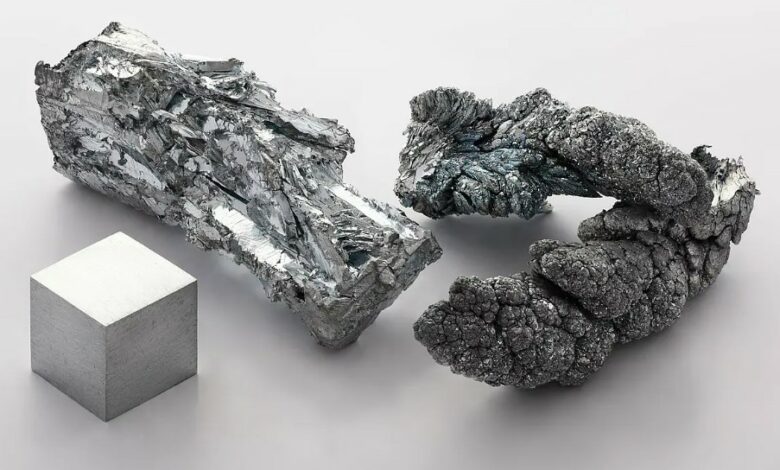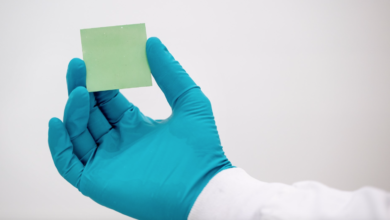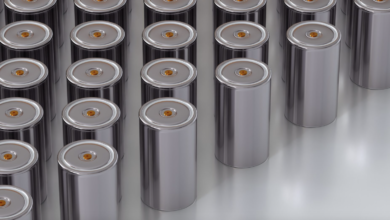Zinc ion batteries, achieved a record energy density

The progress of zinc ion batteries
(sustainabilityenvironment.com) – Among the candidates for tomorrow’s energy storage competition, zinc ion batteries have carved out a small niche in recent years. Thanks to the main material, zinc in fact, transition metal much more abundant than lithium. And with a higher theoretical volumetric capacity at the level of the negative electrode. The problem? The “watery” version of these batteries is severely limited by the irreversible electrochemical reaction of the zinc anode. Specifically, the electrode is exposed to dendrite growth and parasitic side reactions.
For this technology, it is essential to understand how to adjust the electrochemical performance through the optimization of the electrolyte design. A venture in which scientists from the University of Science and Technology of China (USTC) have ventured. In the article published in the Journal of American Chemical Society, researchers proposed a new electrolyte for the zinc-manganese battery. The team used a nanomicellar solution that uses methyl urea and can encapsulate Zn2+ /Mn2+ ions in a nanodomain structure and thus drive homogeneous and uniform zinc deposition. The group, led by Prof. Yan Lifeng, also proposed a new protective layer of the solid-electrolyte interface.
read also Zinc water batteries, the secret of efficiency is a “low-sodium diet”
“This work – explains the University in a press release – improves the previous understanding of the continuous solvent phase of electrolyte and establishes a local/interfacial interaction network that effectively maintains the three-dimensional diffusive form of ions and the favorable interfacial nucleation reaction, achieving effective suppression of metal dendrites and electrode side reactions“.
Thanks to the new recipe, transition reactions to two highly reversible electrons have been verified and the zinc ion batteries that exploit this reaction show an unprecedented energy density – as many as 800,4 Wh/kg refers to the active cathode material – and a discharge voltage up to 1.87 V.





